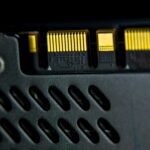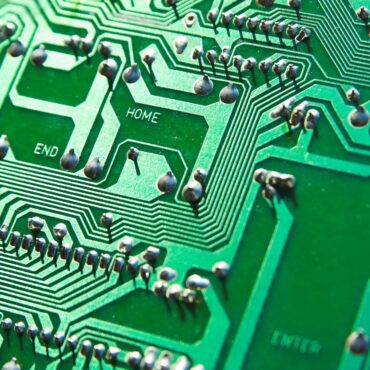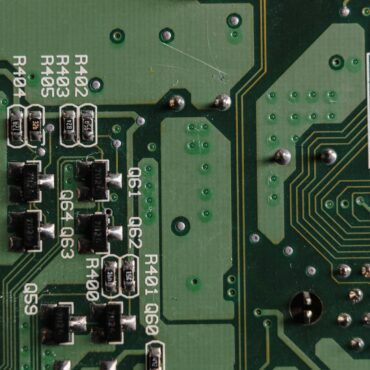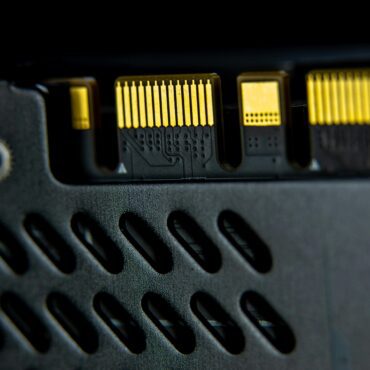Summary
- The Immersion silver plating process is a non-electrical method where silver chemically bonds to copper, creating a thin, precise surface finish.
- Typical Immersion silver thickness ranges from 5 to 16 micro-inches.
- Immersion silver PCB shelf life normally spans 6 to 12 months.
- The finish is ideal for fine-pitch components and lead-free assembly, though it requires careful handling to avoid tarnishing.
When you look at a PCB, you don’t really think about what’s sitting on the copper unless you’ve had to deal with a board that wouldn’t solder right. That’s when surface finishing processes like immersion silver stop being background noise.
Out of all the options floating around, like HASL, ENIG, and OSP, silver sometimes flies under the radar. But in the right context, it really holds its own.
People usually refer to it as immersion silver, or sometimes just “silver finish,” though the more precise term is immersion silver process. It shows up a lot in mid-volume production where the finish needs to be clean, and the costs can’t spiral out of control.
In this article, we define immersion silver, its thickness requirements, how it’s different from, say, traditional plating, and so much more.
What is Immersion Plating?
Immersion plating isn’t like electroplating: that’s the version where you hook things up to a power supply. This one’s different.
Instead of sending electricity through a bath, the metal you’re trying to coat (in our case, silver) bonds to copper on its own, just based on chemistry.
The short version? During the immersion silver process, you dunk a copper surface into a solution with silver ions, and the silver sort of swaps places with the top layer of copper.
There is an actual reaction behind this “swap” (Ag+ plus Cu equals Ag on the board and Cu2+ in solution), but unless you’re a chemist, what you really need to know is this: silver gets deposited in a really thin controlled layer that is also not patchy.
And it doesn’t spill over onto the solder mask or non-metal bits, which helps with the kind of precision today’s boards need.
The Thickness and Shelf Life of Immersion Silver
We briefly mentioned this earlier, but when it comes to the immersion silver process, less is more. A typical immersion silver thickness falls somewhere between 5 and 16 micro-inches. Sometimes, there are cases where it can go up to 30 micro-inches, but that’s the exception, not the rule.
And while that might sound paper-thin, it’s enough to deliver the electrical and chemical properties that make this finish effective. In fact, during the immersion silver process, going thicker doesn’t necessarily make it better: in some cases, it can actually cause issues like poor solderability or tarnishing.
If properly stored, an immersion silver PCB can last 6 to 12 months before assembly. If not stored properly, it will degrade quickly and compromise the board’s solderability and other properties later on.
Therefore, here are some practical tips to keep the finish from degrading too quickly.
- Avoid humid storage environments.
- Keep the boards away from sulfur-containing materials.
- Use gloves. Fingerprints are a no-go.
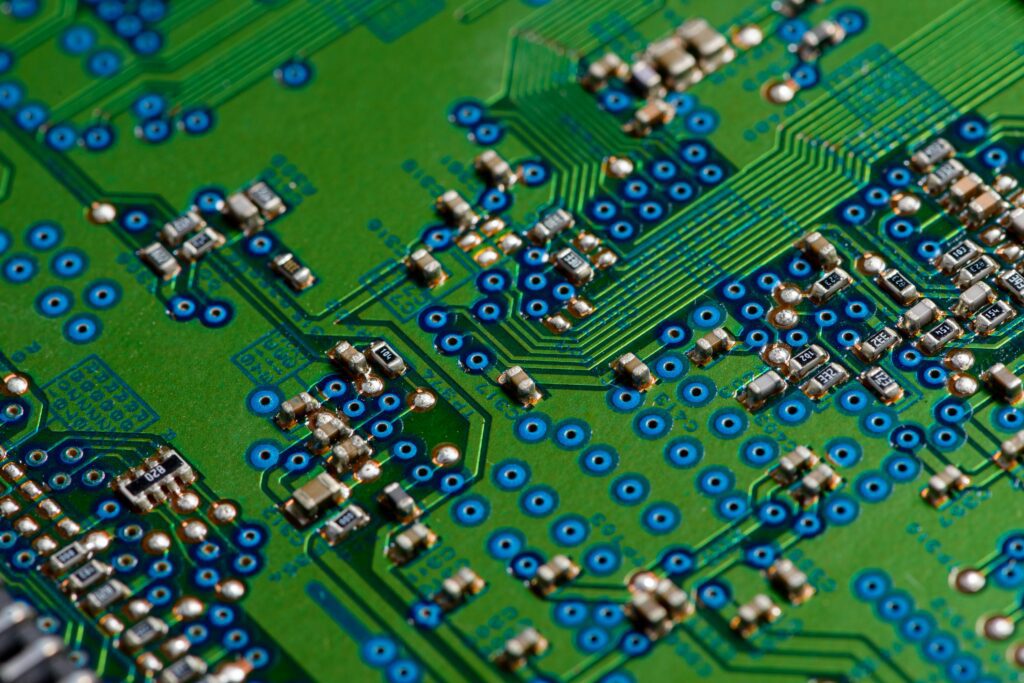
Work With Us
At Alternate Finishing, Inc., this is a service we’ve refined over the years. Our immersion silver plating process is applied according to IPC-4553 standards, with silver thickness tailored to the application.
Some clients need quick turnarounds, others need shelf life. We can usually do both. Call us for a quote.



